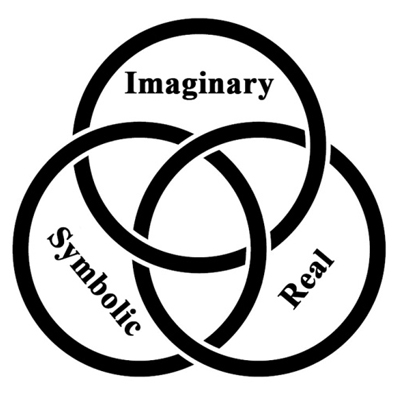
In a previous column about money I wrote about symbolic and imaginary mind, and its place in human experience and psychology. The symbolic is related to language. Through language we form thoughts about our perceptions of reality and convey them to others. Our direct experience of the world is internal and perceptual; it is not possible to directly convey that personal realm to others. The best we can do is try to signify what we hear, see, feel, taste, and think, and for this we use the symbolic forms of language, gesture or art.
The imaginary is the internal world we communicate through the symbolic. Each person imagines the world uniquely. We compare our imaginary ideas, and even come to agreement from time to time, but imagining distinctions, relationships and similarities are a function of discrimination, conceptualization, and the internal workings of emotion, thought and the subconscious.
The work of the late French psychoanalyst Jacques Lacan provides insights into the workings of the symbolic and imaginary realms, and how they constitute our human experience and sense of self. Both play an active role in the development of ego, but Lacan does not consider ego to be who we actually are. In fact, he describes ego as a “perpetual liar.” For Lacan, the true self is connected to what he designates The Real, which he distinguishes from both the imaginary and the symbolic.
The notion of The Real is not particular to Lacan, who brilliantly examined it from a Western psychological perspective. Many Eastern religions, in exploring the nature of self, also designate The Real. Of course, any attempted description of The Real must be presented through language or art, which are functions of the symbolic. For Lacan and eastern traditions like mystical Buddhism and Taoism, for example, The Real cannot be adequately or even approximately described with words. Thus Taoist sage Lao Tzu says “The Tao which can be named is not the Tao.” The Real can be experienced, but cannot be described because its nature is beyond words and ideas. The Real is inconceivable.
According to these systems, it is The Real that underlies the symbolic and the imaginary. The Real is a force or basic element which is continuously expressing itself and in people employs the symbolic and imaginary to do so. It is behind our needs, drives and desires, and is reflected in all our actions and behaviors. All thoughts and actions are expressions of The Real, no matter how confusing, unpleasant and misdirected they may appear. Each of us longs to unite with The Real, but it is beyond our conceptual reach. Like Tao, when we think we’ve got it, we haven’t; when we don’t think we’ve got it, we do. It is a continuous emanation, universally pure and unblemished. In this sense, The Real transcends our imaginary good and evil and is primordial, basic goodness. If it were otherwise, the universe would be vacant nothingness.
The Real propels us. It seeks its own perfection through us – The Real pursuing The Real. No matter how terribly we may behave, and people behave terribly indeed, such behavior is still an expression of The Real. The imaginary and symbolic outcomes of our confusion, ignorance and fixations fascinate and frighten us, but beneath it all The Real shines forth, the perfect luminous jewel of our true selves.